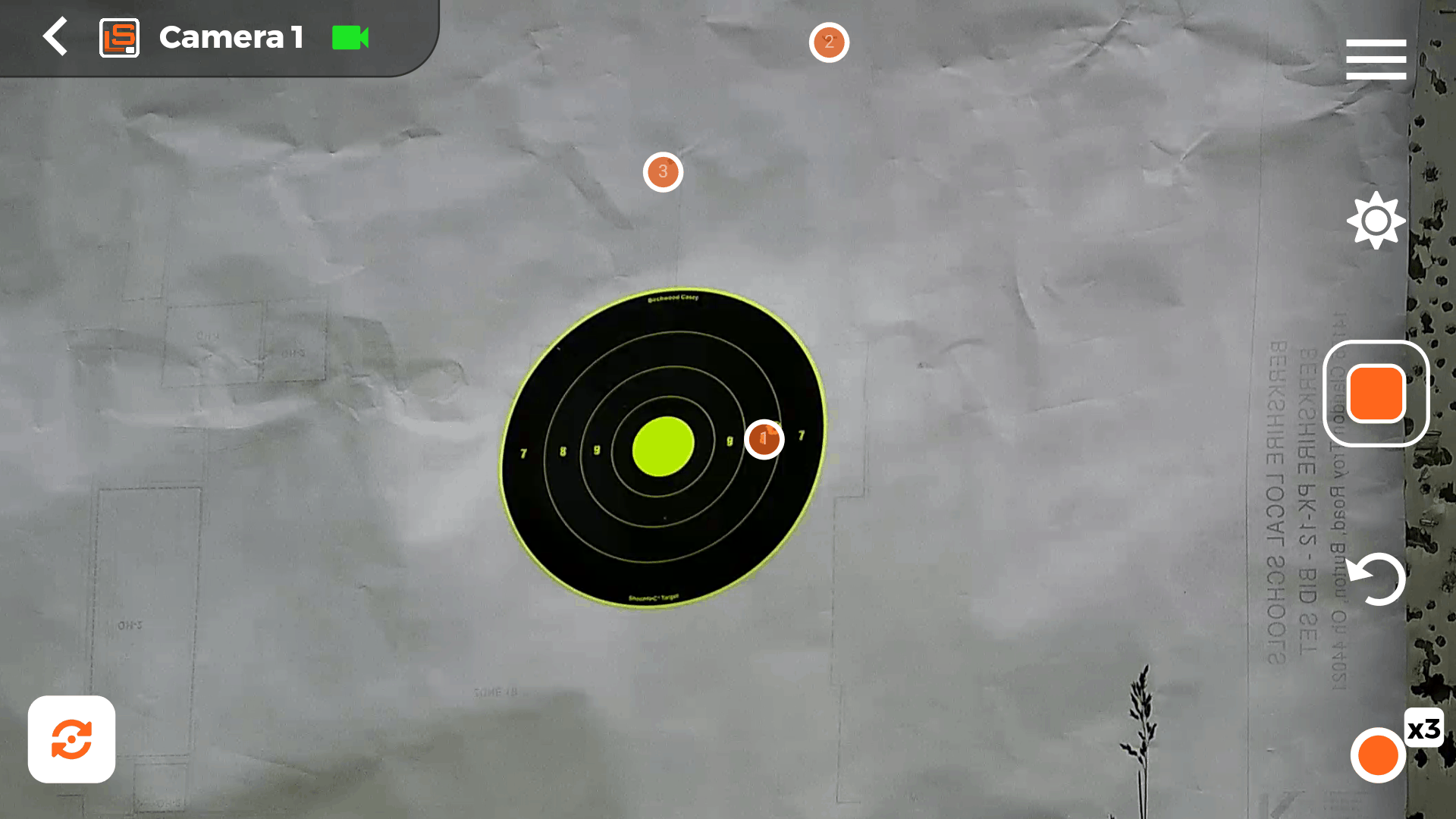Longshot 2-Mile Target Camera
Make the Most of Your Range Time!
As a competitive paper puncher, I’ve spent many hours in the pits, an area below the berm from which people can pull and mark paper targets. More recently, practices, and some matches, are fired on electronic targets — systems that use microphones or other means to pinpoint shot locations and transmit them to a device on the firing line. These systems are fantastic, but generally only work for supersonic rounds. E-targets have made training much easier, allowing me to practice shooting 200, 300, or even 1,000 yards more quickly and without relying upon another person to pull the target I’m shooting on.
What about irregular target shapes and subsonic rounds? My next approach was always a spotting scope and a shoot-n-c target, but depending upon the distance, caliber, and desired target, this wasn’t always the greatest option. I don’t mind the extra exercise, but walking back and forth between the firing line and the target isn’t fun, especially after every shot. It’s also especially difficult if there’s another shooter on the same line who does not need to go downrange as often. *Cue Jeopardy theme song until the range light turns red.
At the 2021 Shooting Sports Showcase, exhibitor Longshot Target Cameras partnered with other exhibitors to amend this very problem. Steel animal targets scattered out to 600 yards and a consistently hot firing line made physically checking shots impossible. This event was an opportunity for content creators and gun dealers to try out new products. A set of binoculars, high power scope, and satisfying ping of steel all work to determine a shot, but Longshot’s camera system really stole the show, allowing spectators to watch the shots live and replay them.
Just last weekend I was beyond dreading sighting in my .22 at 200 yards. Longshot saved the day, literally. I’ve been incredibly impressed by this system, which displays a live video feed of the target without requiring cellular or wi-fi service. The system comes with two parts, a camera and receiver, both with tripod legs. I set the camera up approximately ten feet in front of the target (any closer and the image is blurry) and brought the receiver to the line. Both units charge by plugging into a wall outlet and last approximately nine hours without a recharge. A light indicator on the bottom of each unit provides a quick and easy reference.
The Longshot system creates its own wifi network. After downloading the free longshot app, I went to my wifi settings to make sure I was connected to the receiver (not the camera), then back to the corresponding app. From there you can zoom in with your fingers on the target, just like you would when taking a picture on a smartphone. My favorite feature of the Longshot app is the ability to take photos and videos of the target and properly mark each shot. A small bar at the bottom of the video feed offers several color choices and a range of sizes for small numbered dots. By touching the video, you can mark a shot on the screen for easy reference. Using different colors allows you to delineate between different shooters, guns, or loads. Another helpful function is the blinker shot locator, which switches the picture between one taken before and after the most recent shot.
The system worked wonderfully. As the number of shots on the target grew, I slid the bar to the left, simultaneously reducing the size of all dots I’d already placed on the screen. This allowed me to mark more shots and be more accurate about showing doubles. I’d never used a “Christmas Tree” reticle before and also used the camera and app as a way to experiment with holdovers.
The most amusing part? My friend and I looking for a hole and watching it crawl across the target. This system allows you to see what you’re missing, and hitting, downrange. Learn more at LongshotCameras.com.
MSRP: $899.99




